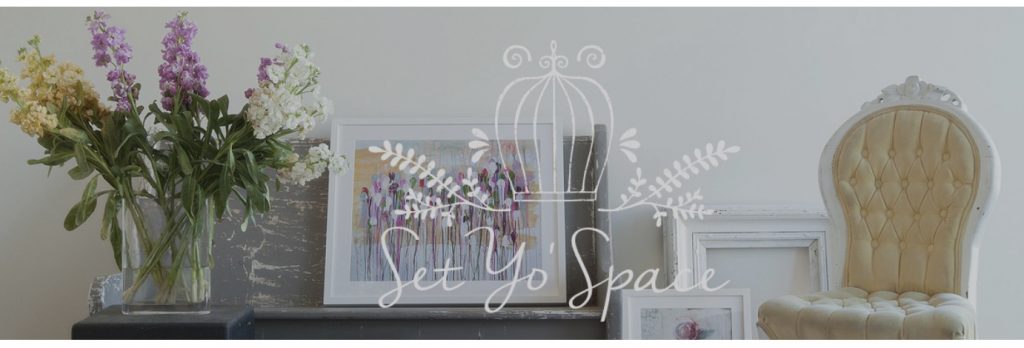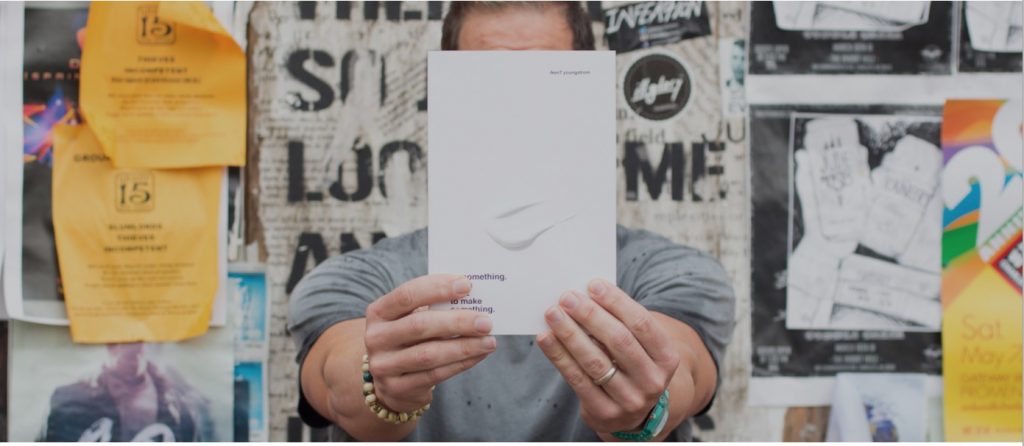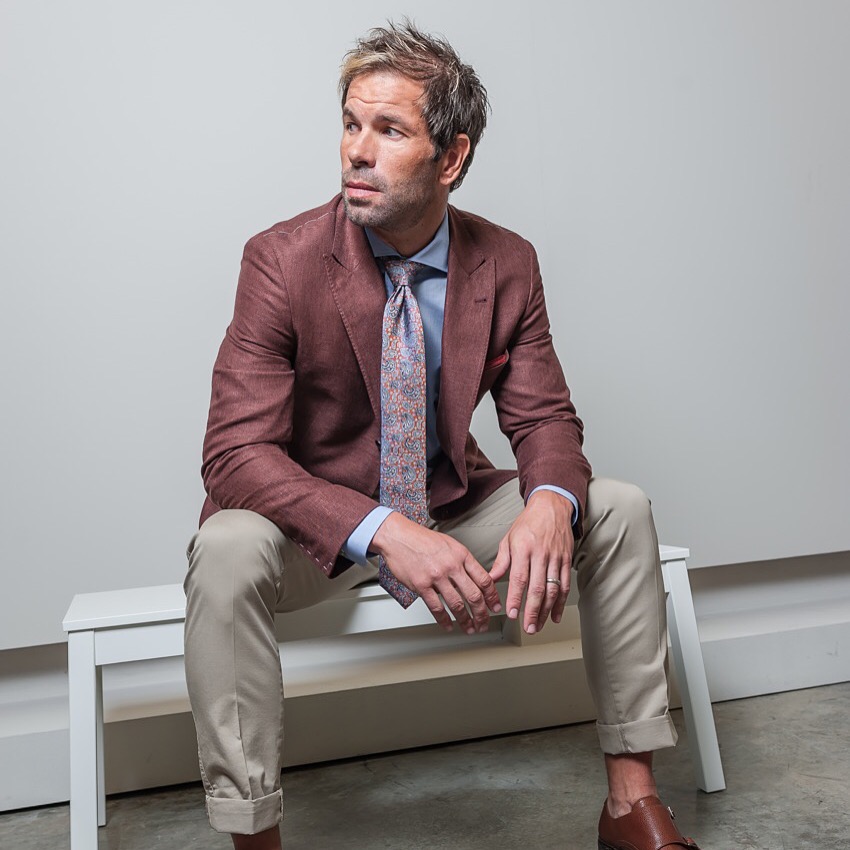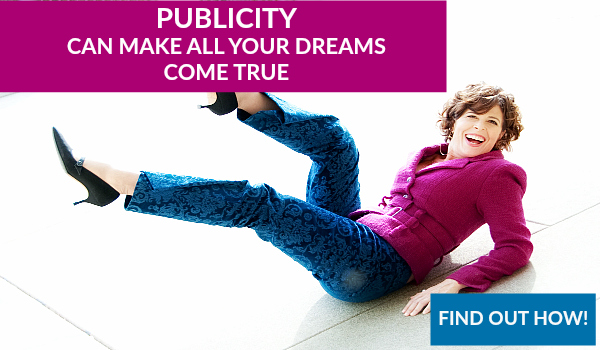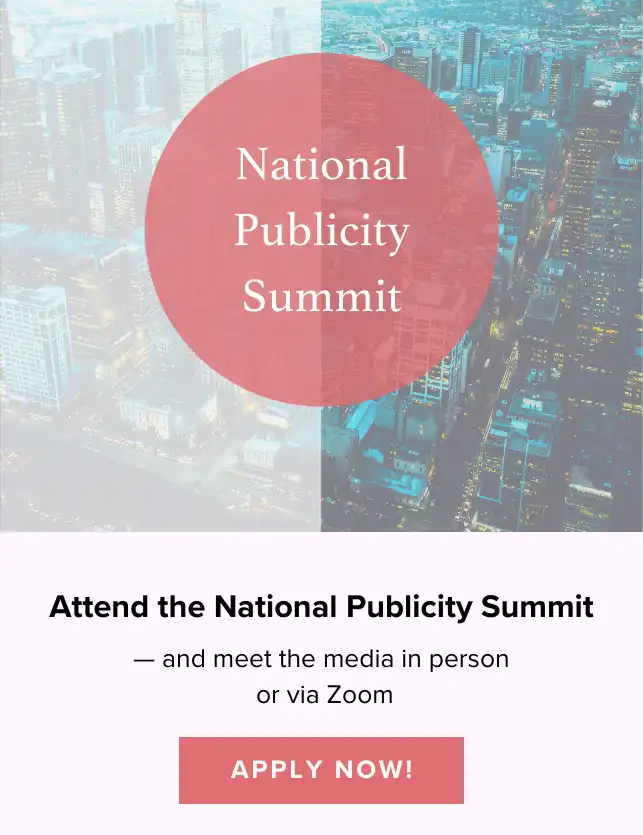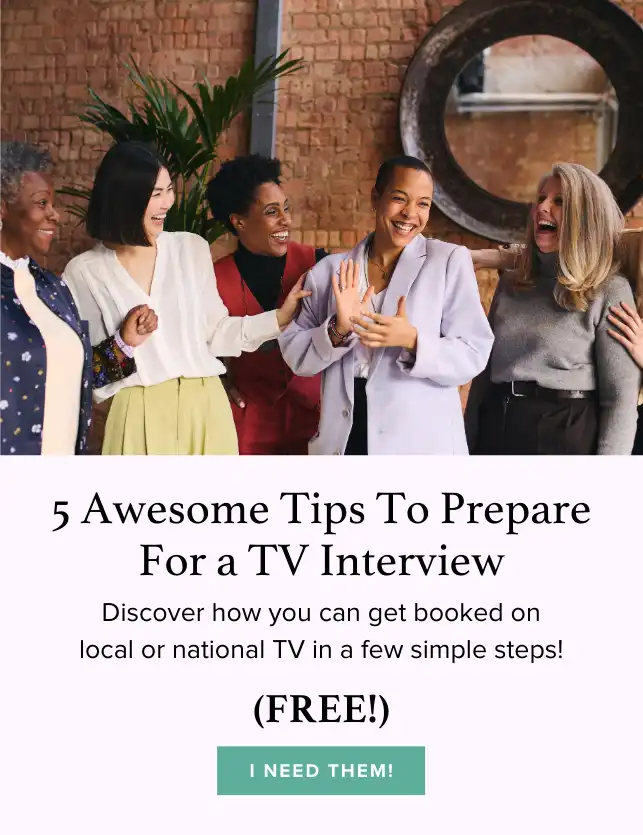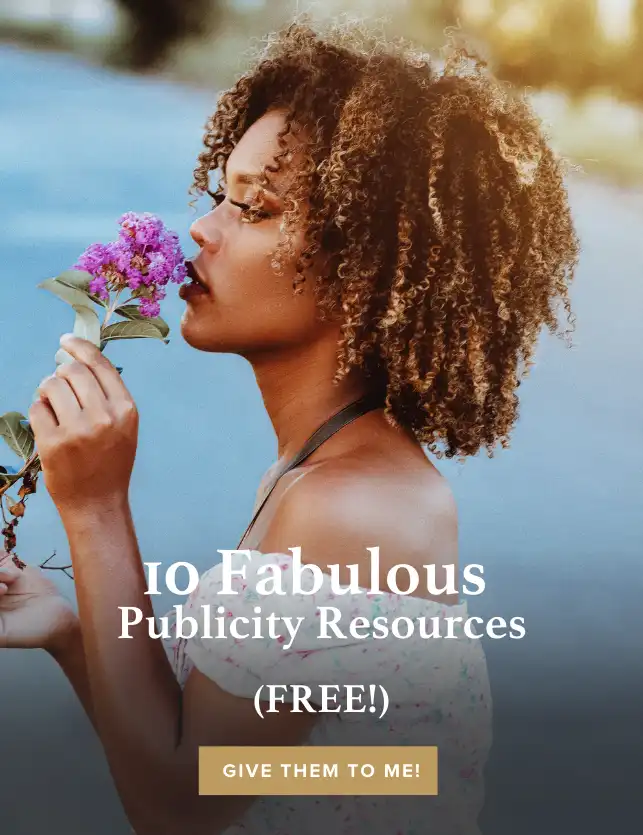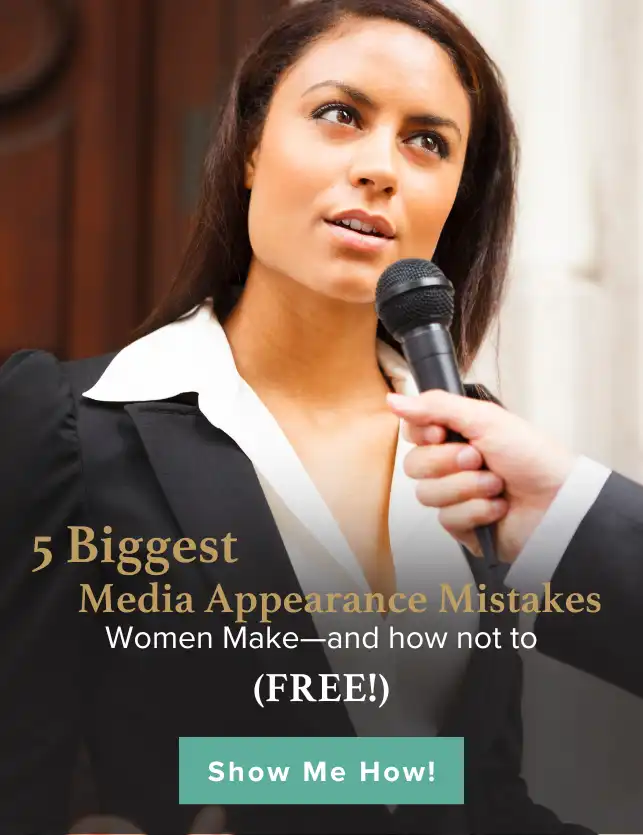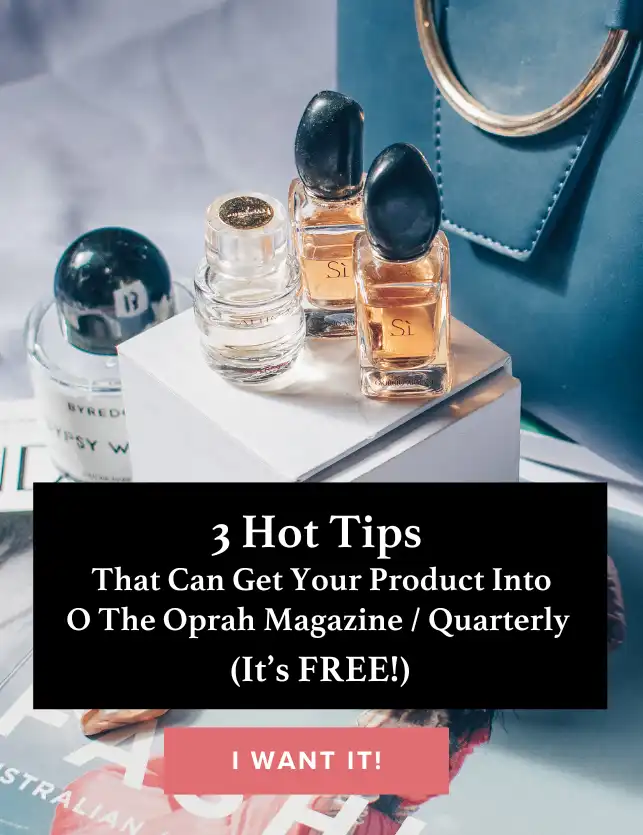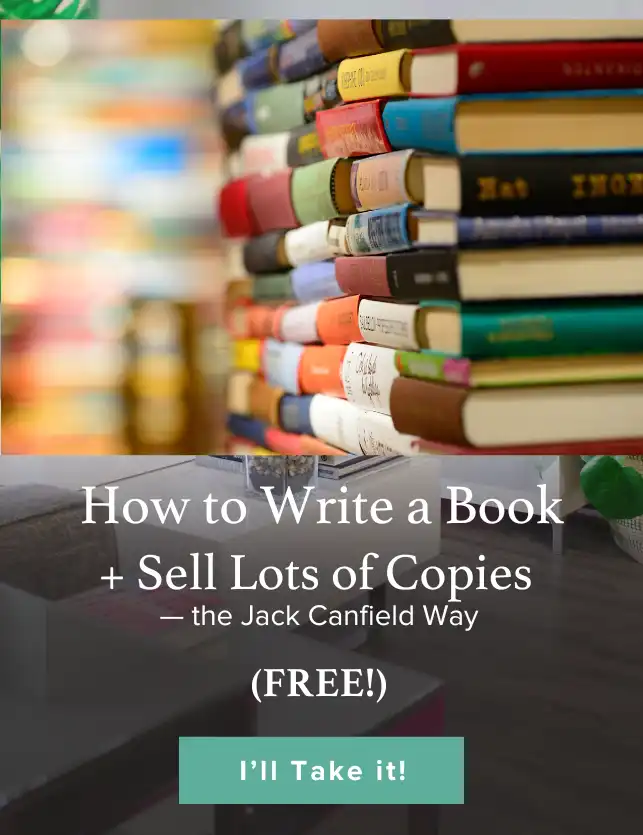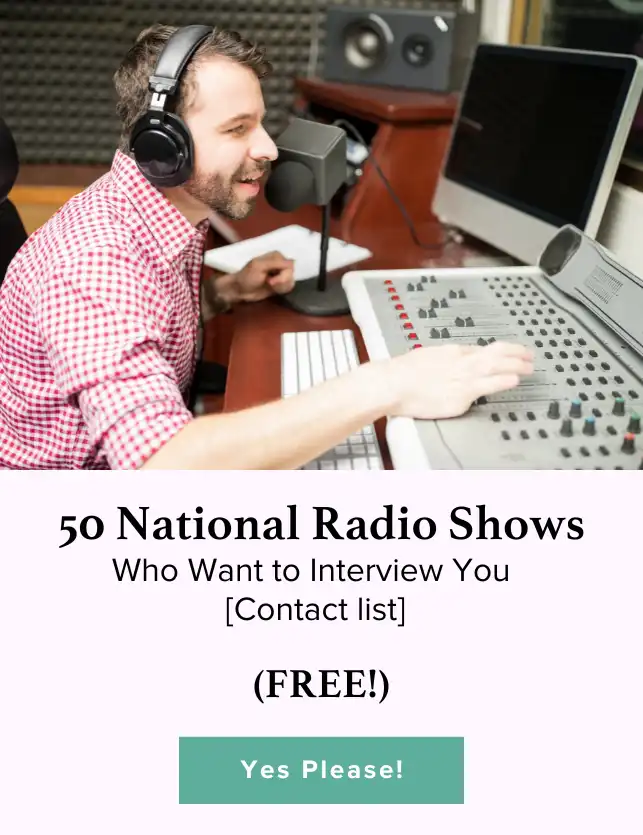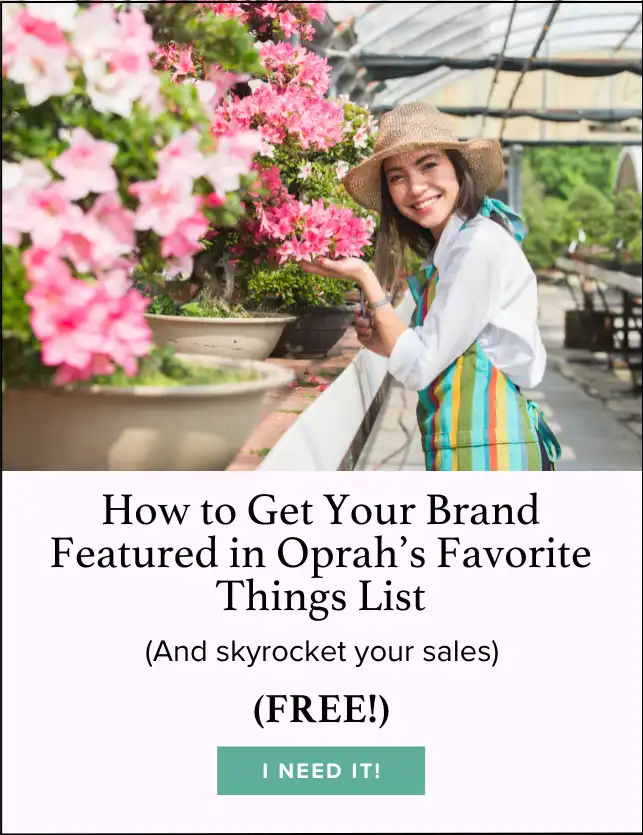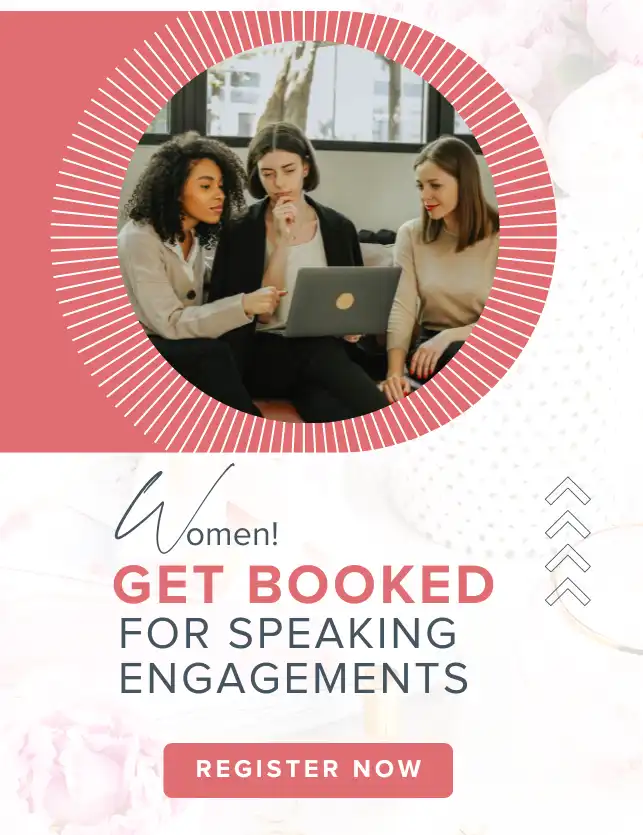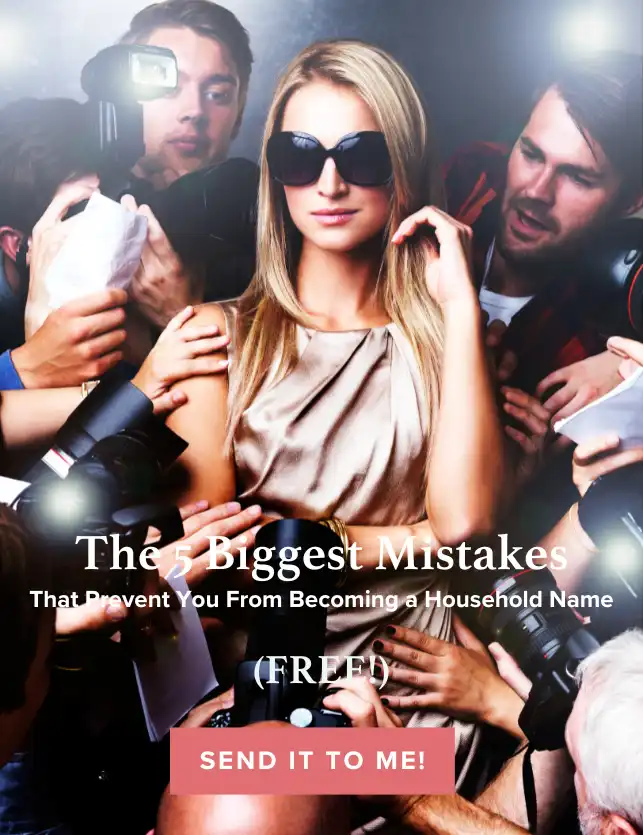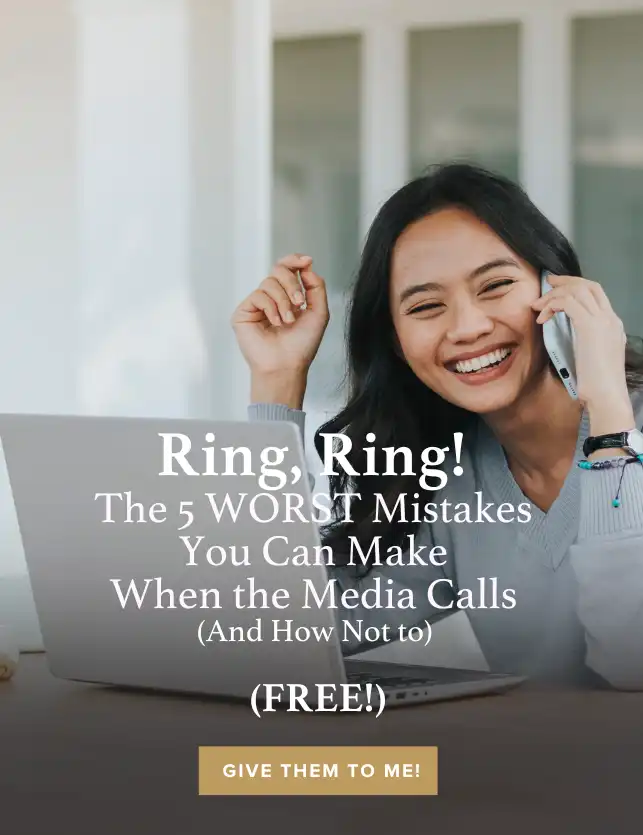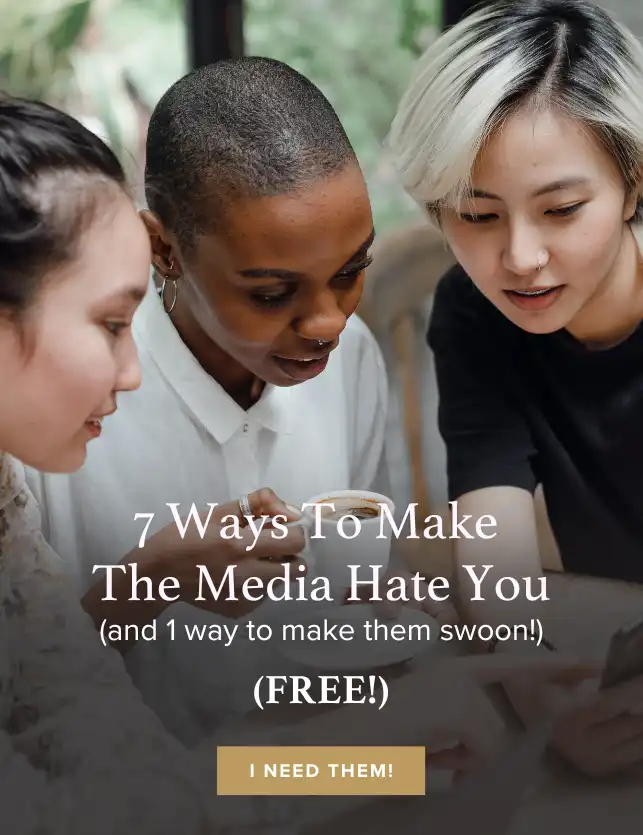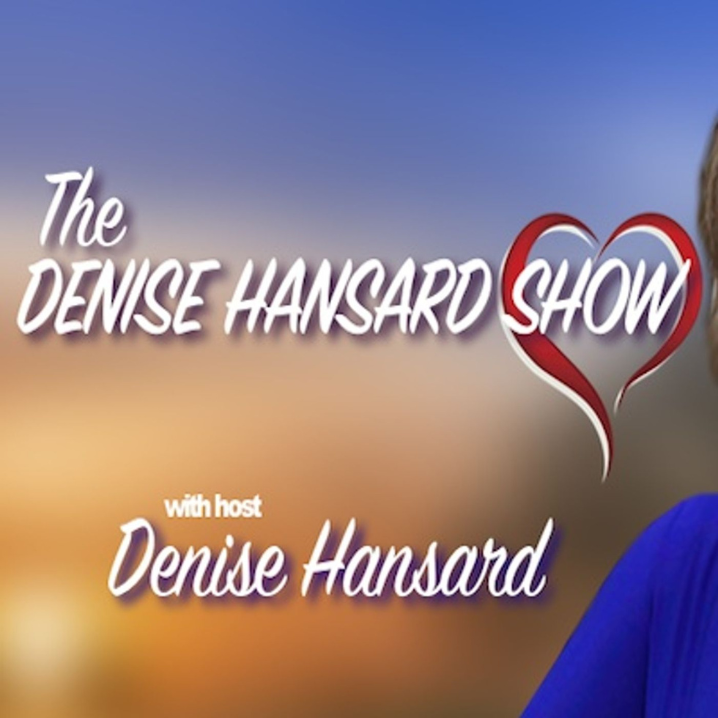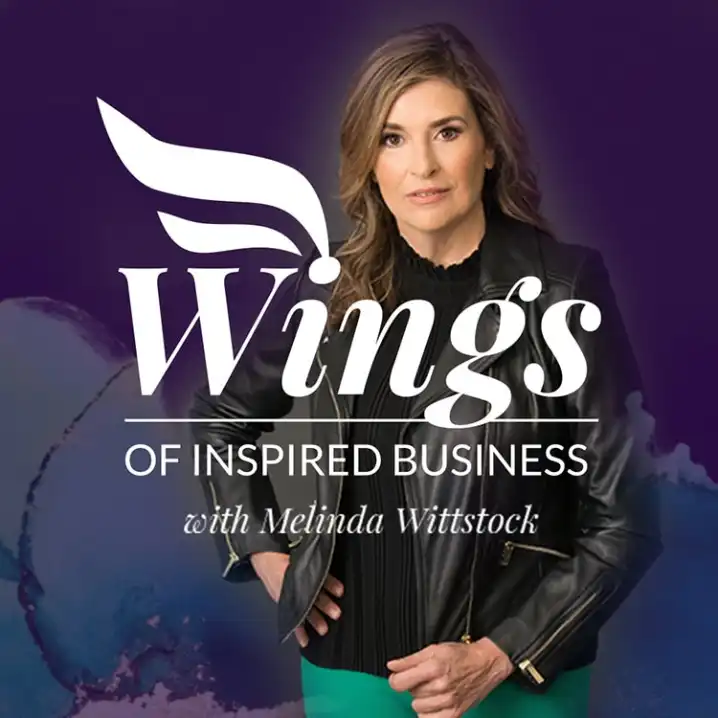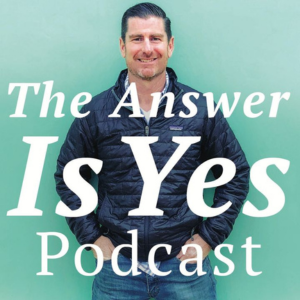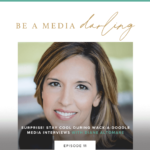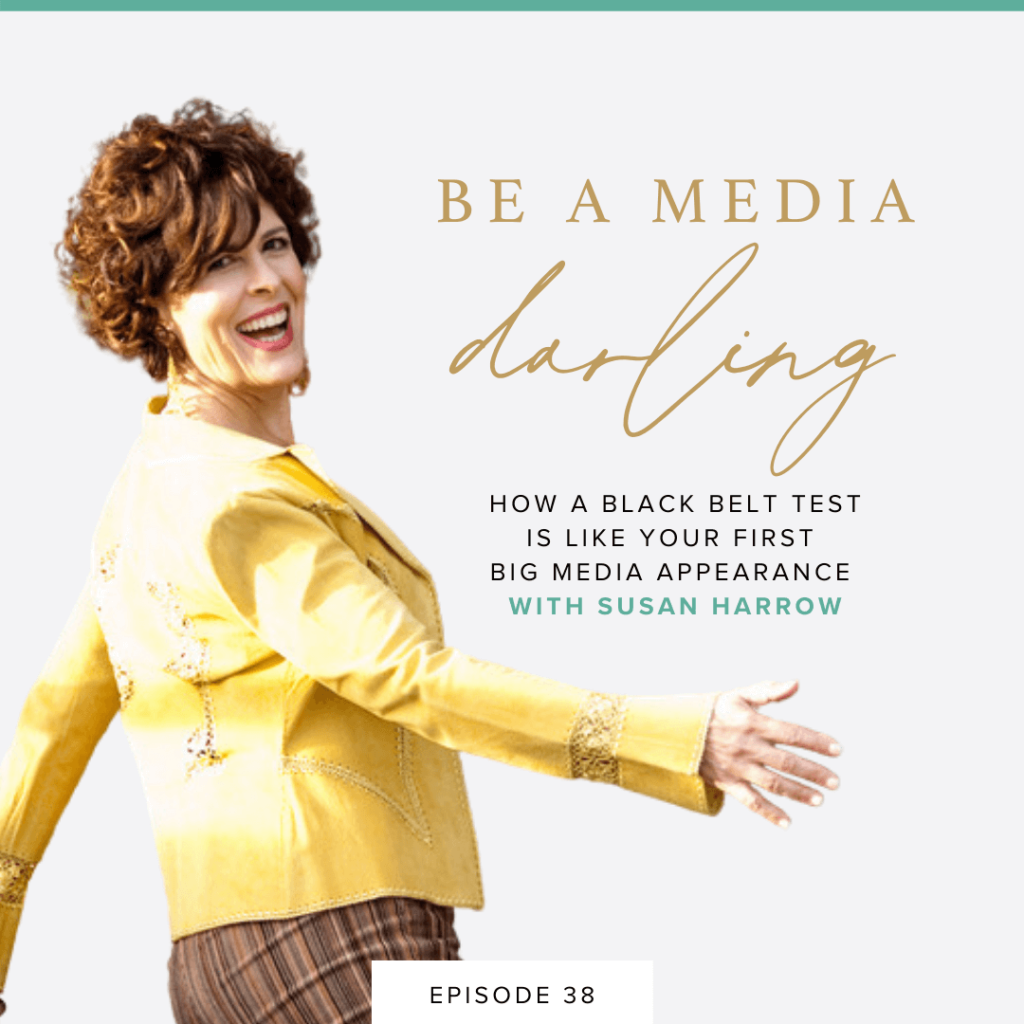Astounding Ideas to Get Corporations to Pay for Your Publicity With Kent Youngstrom
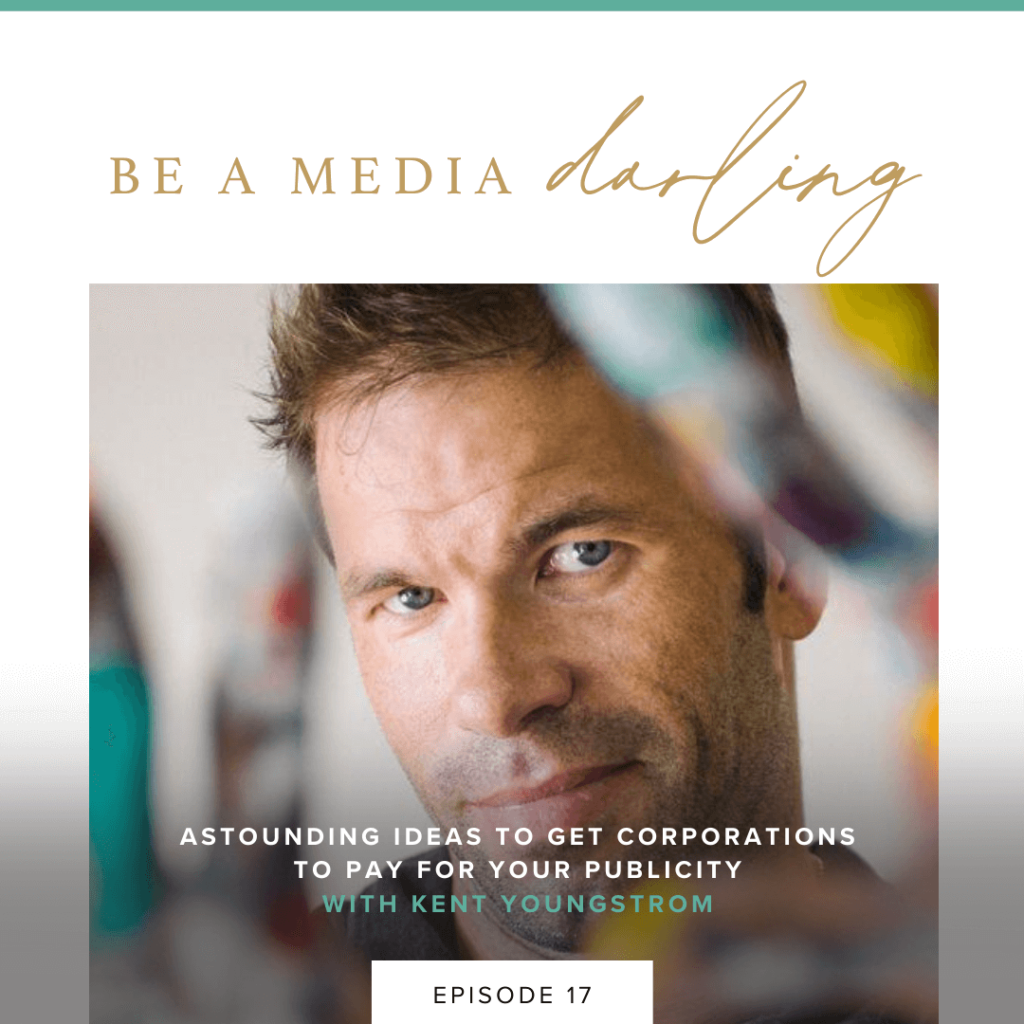
Are you enjoying the Podcast? Then I invite you to hop on over to iTunes to subscribe, rate + review it. Here’s a quick video on how to do a podcast review on iTunes. (It’s simple if you follow these directions). Note: It can take up to 24 hours to show up on my Podcast. You’re welcome to send this to anyone you think it would delight. May good fortune always follow you!
Want to know how to subscribe on your phone? Watch this video.
Want to be a guest on my Podcast? Jet me an email with your topic and a link to your bio here.
Send Susan a Voice Message!
Click below to send me your voice message with a question or topic you’d like to hear more about in my upcoming podcasts! I will answer the most pressing and popular ones in a future episode. (I’ll mention your first name ONLY to protect your privacy.)
Astounding Ideas to Get Corporations to Pay for Your Publicity
Kent, Let’s talk about how you started your first publicity and promotion collaboration before you saw how to get corporations to pay for your publicity. What were your first steps to get corporate sponsorship?
My first steps to get corporate sponsors were to take pictures of what I was doing, in a professional way. Meaning other than snapping a picture with my phone real quick of what I was doing in my garage. I hired a friend who was a photographer, and by hired I mean I gave him artwork to pay him for it, I didn’t have a budget or anything to start off.
We literally went around Charlotte and came up with this creative idea to just go into buildings that weren’t necessarily pretty or good looking and we made a small little catalogue and we called it “Art Makes Everything Better-er-er”. I had these wonderful pictures but I still wasn’t sure exactly what to do with them so I made these little Shutterfly books. I literally put them in manila envelopes and sent them to furniture companies that I thought might like to sell my work or use it for their photoshoots for their catalogues.
I think I sent 12 or 15 off and I just heard back from one. I got 14 “no’s” and I heard back from just one six months later. That was really my first effort into seeing if anybody would really want this stuff, or do they like it? I know my friends liked it and they said, “It should be here, it should be there.” I liked it but I wasn’t sure who else would or where to go, and that was my first step.
I like that idea of taking photos in situ or in vignette to make your work more interesting instead of just putting it up on the walls. Do you specifically do this photo shoot with furniture companies in mind, so that you tailored the photoshoot so they could see what your art would look like with the furniture?
I did. Just starting out, I made a mistake of trying to reach everybody all at once. There was a lot of generic photography of a painting next to trash cans, or in the back room of a storage facility, those kinds of things. Which probably in the end, it was really good because it was not like the other marketing pieces where it was against the walls and that type of things, and got a little bit more attention. I went out with a mindset of making them look at it twice, in order words, make them do a double take when they see the photo. I think that actually worked very well.
I think that’s great for people out there who are thinking about targeting a particular audience or type of publication or show, to be able to do a photo shoot and to tailor your photos specifically to what they want – because today it is less about “spray and pray” campaigns. Doing less of a broad campaign and really personalizing your pitch via email can help to get corporations to pay for your publicity when they book you. Those were different times, where not you can link to all of your art.
Yeah, I don’t have to make books anymore.
Yes, and incase people don’t what Shutterfly books are, they are like little photography albums.
Literally it was like a little family photo album and it was just my art. That was the only way I knew of to get it to these people.
It was hard copy, which we just don’t do anymore.
I’ve asked you before about who your photographers are, because your photos and videos are so engaging and lovely. You can see them at KentYoungstrom.com. Since you are in a visual medium and you did this unusual thing, I think that set you apart from the other artists that I have seen in doing these action photos. You are really gifted at doing stuff in action. You’ve done a lot of videos of you painting and painting in front of audiences.
One thing that I also tried to keep at the back of my mind is there are hundreds of artists out there trying to get a buyer or the audience’s attention. Some of them do wonderful work, and I admire and respect many of them, but at the same time we are all competing for the same wall space.
I can’t compete by putting my painting up against or behind the sofa with some flowers, just like everybody else would. That is why I keep at the back of my mind, “What would catch a buyer’s or a residential person’s eye a little bit faster in a different way, but is also showing my personality?” When I was first starting, I thought it is all about the product and the art. I realized that just as much they are buying the painting, they are also buying a little bit of me. As hard as it is to sometimes express or to want to put out there, because we are not always as confident in ourselves. The more I put my story behind the paintings, my energy behind the paintings, or what I was trying to do in the paintings, the more successful that line or product launch is and the easier it is to get corporations to pay for your publicity.
That is such a great point because it was Bert Reynolds who said, “People are more interested in me than in my book or my movies.” I think it’s always been that way, but in our culture, the shift for selfies and self revelation is really at its peak right now. People want to behind the scenes information, and know who you are, what your process is, as well as the finished product.
You’ve been creating these videos and these stills that really do show your personality, and they are up on your website. I was looking at them and it’s like you’ve got paint all over your body, and you’ve got these great bracelets on, you’re wearing some cool clothes, and your hair is sticking up and it’s like, “Oh that’s Kent’s brand.” The brand is your personality as much as what you are producing, right?
Absolutely, that almost leads to the collaboration part. There are so many companies that may carry my work, and I think would be really cool to carry my work, but I have the most luck with the companies that I use or want to use. When I started working with CB2, one of the things that I told them was that I have this stuff at my house and I liked it.
CB2 is the modern line of Crate & Barrels work. They have about fifteen stores nationwide. I have been working for them for about six years. The first painting that I did for them was they ordered 300 of the same painting, it had dimensional letters on it, but it ended up being the fastest selling piece of original art they ever had. It sold out in seven weeks.
Wow, and so you had to paint all three hundred of those? In what amount of time?
I did eight weeks per order for them. Since then, I’ve painted over 2000 original paintings with them since I did that first set. It was a great account. It can be a little monotonous to paint the same thing over and over again, but I’ll paint anywhere from a hundred to three hundred of the same piece and they will sell it in their catalog, online, or in their stores.
People will also be interested in hearing about your collaborations and how you created those, because that is another way to get corporations to pay for your publicity. When someone works with you in tandem, the person you are doing the work for, that sort of becomes like your in-house publicist because your paintings are always in their catalogs or online. That is a different avenue with publicity. Did they actually put your name on there saying it’s a painting by Kent Youngstrom?
They actually put a complete paragraph in there with my name, a story behind the painting, and my story as well. Each painting has my story on a sticker on the back of the painting as well.
Did you decide to do that or did they?
They have a program, and many companies like CB2, for those who make things for a living – creative things, they do stuff with their hands, they are yearning and wanting things that are handmade because that can differentiate them from the other companies who are making prints and knockoffs. They came up with a program that is called Additions Limited. They might have a hundred candle sticks made by a wood worker in New York City, or something like that. Each one is labelled with a sticker, a stamp, or something to let people know that it was handmade. There are several companies doing that. They are always looking for things like that. If they are not, you can approach them and suggest that, which is even better.
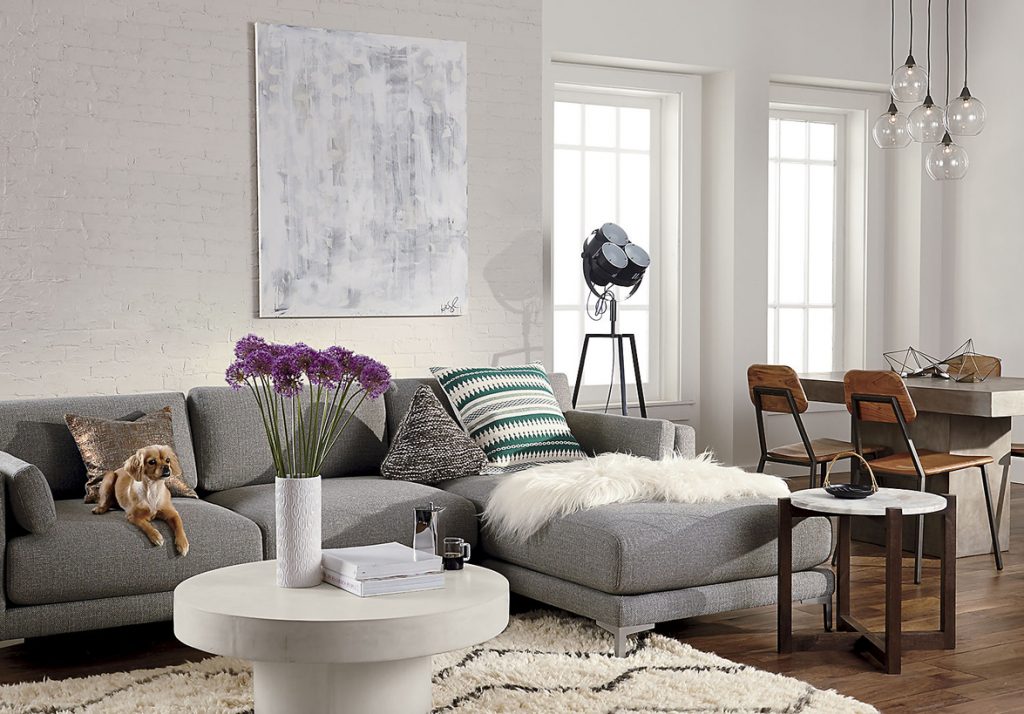
This is like organic publicity where you don’t have to be there all the time. Since you’ve got them as an account, you’ve got consistent business from them. Then other people how are seeing the catalogue, have you had other people call you up orders from the catalogue?
Yes, that was my first big publicity or launch into the public world, was to be in that catalogue. From then on, I could contact other people and say that I was in this catalogue and was sold out. That didn’t mean they would right away order something. They would then generally contact me back or say, “Not this time, but please send us your stuff for the next quarter.”
Once I got the publicity of the CB2 and learned how that all worked, I capitalized on that and used that for other collaborations. I use collaborations as much to get paying work, but to also get the next job. I am constantly looking for people who are maybe not in the same business that I am in, but in a creative business. For example a clothing company, they may need art work for surf boards, or things like that, and be able to contact them by introducing myself and my work, provide a link, give them some praise, tell them I’ve been reveling in their work for some time now, and list where I’ve seen their work; in a catalogue or in a store – being very specific. I then say that I want to work with them. I leave it like that and wait for them to respond.
I’ll give you an example, it’s a new project and I won’t go into too much detail, but it involves making paintings while I exercise with a group of people. Specifically, I’m going to be making paintings while me and my friends do some CrossFit exercises, stuff that no one has done before and I haven’t even launched it out yet.
To do that, I would like to make a video of it being made. I thought, “Great, the CrossFit community is huge, how do I get to it?” I wrote to a couple of companies who I like their clothing and tell them I’m going to do this project, and I made a webpage showing some examples of the paintings, and examples of how I would market it and brand it.
Then I would ask them if they would want their clothing to be featured in the video. Some of them said no, a couple said they would but not right now because they are really busy, while the one that I actually wanted to said, “Yes, tell me the sizes of the people you want to paint and we will send the clothes to you.” They told me that in 3 hours. So there was a lot of, “No’s,” but somebody jumped on it, they loved the idea. Once the video is made, it will then go into their email list which is 50,000 people.
Mine is not quite that big. That is how I have grown over the past years, by collaborating with companies in that way. I approach them with, “This is what I do, here’s my website,” which I spend a lot of time managing the visual part of that. So that when I company goes and looks at that they can say, “This guy knows what he’s going. We would like to be associated with that quality of image. How can we work with him?” You really need to have something visual that makes you look impressive. Whether that’s a friend who is an excellent photographer that you can trade work with or biting the bullet and hiring someone to do that. Do I do some of my own images? Absolutely, but I don’t do it with my two-cent camera. I bought the right stuff, I bought the right lens, I asked people around, I learned, I took some classes, and I experimented with it. For me, especially in the visual industry, I need to have pictures of what I do other than just, “Here is a quick photo from my phone of me painting.”
I really want to unpack a couple of things that you’ve said, because you’ve said so many great things especially on how to get corporations to pay for your publicity, but before I do I wanted to ask you, for the CrossFit video, even though people turned you down, will you still wear their clothes so that you can send that to them anyways even though they did not send to you the sizes?
Yes, absolutely. There was, specifically, a shoe company that I really wanted to be involved with, and I wear their shoes every day. They did not say no, but they said that they are interested but are just so busy right now, they need to focus on something else. I said sure and that I was going to send them a copy of the video anyway, they can use it as they wish. I’m still going to end up messing up my shoes and have to buy another pair, but it’s worth the $100 if they jump on board. If not, I’ve got the coolest painted shoes in the gym.
That is sort of like future marketing, they may not have said yes, but you are still going to feature whatever it is that you love in there anyway. The other thing that you said that is really great, that I want people to hear, because I get so many of these messages that are not that and they are so offensive; you said that you when contacted somebody, you said that you know them really well and you write a note saying that this is what you love. You are very specific about it, you say what you love and why you love it. You then offer an invitation to something very specific, in this instance it is a video.
Sometimes it’s an invitation to use your paintings in whatever, like with the surfboard company, would they have your art on the surf board or is it in the background behind the surfboard?
Unless I know specifically that they are looking for artwork, I am going to leave it open if possible. It just depends on who I am contacting. I won’t just look at them online once really quick and just send them a letter, I spend 10 or 20 minutes on their website at the least and get to know more about them. Have they sold art before? Who runs their company? I go to LinkedIn and look it up a little bit. Finding out what they do, see if they have any videos up on Vimeo and those types of things. I learn how they work. From there, how would they work with me?
You do a lot of this research so you are not approaching people cold. You really do your homework. You see if it is even a viable possibility, then you show them that you have investigated them and you offer an opportunity, whether it is specific or not, and then you leave it to them to connect back with you. Do you connect back with them or do you follow up?
I try not to be the junior high, bugging the girl all the time, “Well you didn’t call me back within 24 hours!” I give them awhile before I bug them again.
How do you gently – what’s your second email to them?
It is generally along the lines of “Here is a second nugget of information or a photo that I just shot with your company in mind. If you are not interested, no worries. I just thought I’d send it along.” I never say anything like, “Hey did you get the first message?” or “Well since you didn’t get back to me….” If they did not get back with me, it might be that they totally forgot or they are not just interested. That is okay, not everyone I send something to is going to call me back. Sometimes that is a little disappointing, obviously. I try not to, in any way, signify something like, “You should have gotten back to me – you’re a bad person!” I am not putting any pressure on them.
You’re not putting any pressure on them, you’re always leaving it open and saying, “No worries,” so if it’s not the right fit or they aren’t interested, it’s a graceful way to do that. Then when you have the second touch, this is what publicist Michelle Tennant calls “goodies,” that when you touch the second time you don’t say, “Well did you get my message?” What you say is, “Here is something else that might interest you,” and that is what you are doing.
You are saying, “Now I have created this other thing,” and you are very specific about it creating something with a specific company in mind. Which is great because if we translated that to PR it would be, “Here I’ve created this. I have this for your audience and I think they may be interested in it because this is what I’ve seen you do,” or that, “This is on a program you were on that has gotten a lot of response from your audience.” You have some way of showing that you are connected, you know their audience, and you are showing why this might be of interest to their audience, or a company in your case.
Here is what I wrote in my email:
good morning.
i’m kenT and i’m an artist. but not the tortured kind, i’m also a crossfit’r. but i try not to tell everyone i meet.
i create one-of-a kind-paintings. you may have seen my work in cb2, on sale sites such as gilt.com, hanging out with the men of grungygentlemen.com, or popping up in celebrity home photos in people magazine. all from my charlotte, nc studio.
i’m writing today to send an puke bucket of appreciation in your direction (warning: gushing praise, straight ahead.) i love what you’re up to, and i’ve been reveling in your inspiring work since finding your product on instagram + diving head first into your feed. your inspiring brand prompted me to swing into your inbox with an ever-so-slightly-ballsy request.
i am introducing a new series of paintings based on crossfit movements, such as double under’s, burpees, slam balls, hand release push ups and kettle bell swings. To see what i am rx’ing on, click here.
to launch the series + announce the first showing i will be filming an caffeine laden, high intensity 45 second video of the jarring collision between art + repetitive movement. athletes will perform with paint + sweat, outside, at sunset. you can see previous filming here.
a mix of crossfit + canvas.
i would love to be a contributor to you world of awesomeness by showing your shoes or other products in the video. we plan to shoot in early june + release the line of paintings soon after.
would you be interested in crossfit + canvas? i promise to make it super easy for you.
i’ll work around how you work – not how i work.
you can chime in to your followers + friends + fans as much or as little as you like. foremost, I want this to be fun + pleasurable, for you.
if you think this is something your fans will obsess over, hit reply with a “i be yes” and i’ll get the details over to you.
much like emom’s + recovery drinks, i’m inclined to believe “we are better, together.”
on a side note, i will be in san clemente doing some surfing + hanging out with family june 21 – 30 + would love to drop in and see the store + meet the brains behind your brand.
/ kenT
kenT youngstrom
an artist, but not the tortured kind.
704.533.1831
/ follow my mission to make your home, office + secret lair as amazing as you are on instagram @kentyoungstrom
/ see behind the scenes here
It does not say everything, like how much the paintings will be, because I said as little as I could to get them enticed. Hopefully, they will ask more information from me because of this. If I tell them everything they don’t need to ask me for more.
That’s right. You’ve teased the properly with fun language and showing that you know the product. You’ve got a great name for it. I don’t even CrossFit but I can’t wait to see the video and I’m like, “Maybe I should be CrossFitting, it sounds like they’ve got good clothes and it’s really fun!” That is a fantastic letter. I am encouraging you to copy Ken’s letter with your own style if you want to get corporations to pay for your publicity. You wouldn’t use his language because that is his language, but you would use his ideas, and the format, and the flow and all of what he has included in that with your own personality and style. Like what we were talking about before, it’s got to be your brand, not Kent’s brand. I don’t talk like that so couldn’t use that language, it’s not me, I love it but it wouldn’t be right coming from me. Same for you, you want to use your own language.
It’s got all the elements without the pressure, and it’s got the links.
The media is always very keen to see what you are talking about, so they can check you out. Another thing that you had said earlier that I just want to reemphasize is your images need to be professional and should represent you. Kent is in the visual industry, so it is super important.
He’s got a professional photographer and professional equipment when he does it himself. All of the videos are so well made and so exciting. I’ve watched a lot of them over and over actually, wishing that the person who helped you there was over here in my area because I don’t know anybody like that and I wish I did. So those kinds of things, if you are in a visual medium and you are representing yourself in that way is incredibly important. It is also incredibly important to the media that you have professional photos of you in action and head shots as well. Those kind of vignettes that represent whatever you are doing in your self, your business, your books, products, service, or cause; that all of those photographs look gorgeous. They can see that you are professional and they can see that you are credible because that’s one of the things, once you have gotten their interest and they check you out, if you don’t pass that part and they don’t think you are a credible expert, then you’ve lost them.
I know it’s the same for a business, like CB2, if you wrote them a great letter and they go to your website and it’s like, “Ohh…” Then it’s not going to happen. It’s got to be your bravado, your brashness, I like what you said, “Kind of ballsy.”
Which is kind of forward, you know you have to use the language appropriately. Would I send that to a furniture company? Probably not. But this was a company that makes clothes for people who are active, I know the owner is a guy. That’s part of the research, that’s part of being, like you said; if they click that link and it takes them to some bad blog where I am taking some bad photos and putting them on there. They are not going to respond the same way they would if they could see, “Oh this guy has worked with other companies before,” all those things
If you haven’t worked for a company before, and f you are just starting out, it does not mean taking a picture of everything that you have ever done. One of the best things to do is to just have one page with two or three good photos. That is fine; you don’t have to have 400 good photos, 9 videos, and a link to your mom’s chicken soup recipe.
You just need one or two good photos of what you do, and let them want more. One of the best advice that my dad gave me on dating was to leave them wanting more. Now I use it in business. When I tell them everything and show them everything, they won’t have a reason to call me back. Give them a reason to call you back or contact you. That doesn’t mean give them a timeline, it means give them a taste of what you are trying to get them to do and see if they will take the bait.
This format that Kent used for the CrossFit people is totally viable for a pitch letter to the media. It’s exactly the same format. Let’s talk more about collaboration before we jump into publicity and how you got into People Magazine and reality TV shows – which is a great way to get corporations to pay for your publicity without you having to do a thing.
The thing about collaboration is to go into it expecting that you are not going to work with everyone, that their timing is going to be different than yours, and you need to be adaptive and to work with how they want to work. Just because I work with Company A one way, doesn’t mean that I’m going to work with Company B that way. I need to be flexible, because I’m the one that wants or needs the work, or wants to use them as my marketing or my PR. I need to be flexible for that.
It does not mean that I have to give in to their every whim; I just need to be flexible and willing to work in a way that they are used to working. They have lots of people they could work with, and the easier you are to work with, the more likely that you will continue working with them. Be easy.
Your whole book, Be Something If You Want to Make Something, is really about the business of being an artist as much as it is inspiring you to do your art, or whatever creative field you are in – I think you called them makers – it’s a book of practical and inspirational advice on making a living on being an artist. That is something Kent has on his website at KentYoungstrom.com.
When you say pop ups in People Magazine, do you mean that you just, “Pop up?” What does that mean?
It means that I have been doing this long enough that my stuff just shows up places where I don’t expect it. People Magazine did a feature on celebrities and their homes, and one of the people they featured was Wendy Williams from the talk show. She had one of the CB2 “Love” paintings in what she called her favorite room, and she was standing there right next to it in the picture. I got a bunch of calls from all my friends who said, “I think your painting is in People Magazine,” and sure enough it was.
Oh, so you didn’t even have to do any publicity – it was just someone who owned one of your paintings and it was in their house. How did you use that great placement in People Magazine to get more business?
I did the standard blog post and Instagram, but now I am able to use that in an introduction letter. I don’t have to explain exactly how it got there, which it was like dumb luck. Doesn’t mean I can’t utilize it in my introduction letters, because it was there. If they go and look it was. I don’t have to say, “My art was in this small little piece in People Magazine, oh my goodness, yay…”
Do you link it to your site?
Sometimes I do, it just depends on the letter. It wouldn’t really work in the CrossFit clothing company case, so I left it out. Maybe if I am trying to get another celebrity to buy a painting, it is definitely something that I would use in that way. The same goes for some of the reality TV shows.
Everywhere that I get my work is an opportunity, another way for someone to see it. A couple of the reality shows they have what they call their buyers. When you see the designer on TV saying that they purchased this piece of art there, it is really someone in a backroom coordinating these things so that the designer can say they did it. Those people are the ones that call vendors and artists and companies.
I’ve gotten several calls where they call me and say they want to use one of my paintings to do “this…” so all I have to do is say yes and sign off on it. Anything on the show they have to have permission to use. They’ll want to know if they have permission to use it if they buy it at CB2 or if I can paint them a larger or smaller one.
I also have my work through licensing deals with different companies, so sometimes I’ll just be watching TV, watching Home and Garden or some of these other home improvement shows, I may just see my painting on the wall and I’d have no idea it was on there, which is really kind of cool.
Do you get those clips and put it on your website?
I do, and sometimes the various companies that I work with will tag some of those images in their social media or website. I can pull them off there and put them on my social media. I usually space it out between one or two days to do that.
Is that in one place on your website where somebody could click through all of those links?
I believe it is in the collaboration section.
A question that artists what to know is when you are tapped by a TV show and say that they want to use it but they need it in a different size, and if you could paint it for them, do they pay you for that? Or is it something that you should not ask to be paid for?
I have done both. I have done it where if it is a reoccurring show or a sitcom where they want your painting for the oval office like in House of Cards. They pay you per episode that it is seen in. They will see if they can use my San Clemente Pier painting and say that it will be on five episodes. They then tell you how much they pay, and you can say yes or no. Most of the time, it is just a print if it’s on those tv shows, so I’m not doing any painting and I’ll just agree to that. Some of the other shows buy it from whoever your licensed company is, and I will end up getting a royalty from that company.
You don’t have to answer this, but I feel like many people will be interested in knowing, but can you say a range on what a typical payment will be to be on the show?
It is not a whole lot. It could be a couple of hundred dollars per episode for that artwork. They have a set budget, and your little painting – and you have to think about it, they are paying the sofa company and the knick knack company and all those types of things. So it’s not a huge thing, but at the same time I’m not having to really do anything. I’m just sitting at home, getting a little bit of extra money doing that, we call it mailbox money.
Is that something that you would pursue to get corporations to pay for your publicity? Would you pursue shows as part of your publicity campaign? Would you reach out to shows that you like and reach out and say, “This would be perfect in the room that you show all the time,” like a bedroom. Even though House of Cards isn’t a modern bedroom, so that’s not your ideal market but if like there was another one where they do have a modern loft, something like that. Would you connect with these shows and ask them if they want to use your paintings as a way to get corporations to pay for your publicity?
What I have done in the past is I went onto LinkedIn, and if you type in “buyer” it will give you all the furniture buyers, if you type in the search “set designer” or “set buyer”, you are going to find all of the Hollywood set buyers. I have put together a specific catalog for them that I could send if they connect with me on LinkedIn or I could get their email address. It then says that my work is available for sets and things like that.
It is hard to contact a specific show, like who do you contact at House of Cards? It’s not like there is a specific phone number. You need to find the person that is buying that art for House of Cards, and the only way I know to do that is through LinkedIn and doing those searches. I put one catalog together, and that is on my site so I can send a link to that.
This is a good side note for people who are sending visual things, most companies don’t want you to send large attachments to your emails. If you do, you get blocked. So you’ll want to put the images that you want them to see in a specific link. If you want them to see Image A, it should go directly to that, don’t just link them to your website and hope that they click around and find it.
Absolutely not, and that is the exact same for the media, most of them will never open attachements, so you have to invite them through a link to your visuals. That’s a good point, that it’s a specific link, never just to your website, it’s to the specific images you want them to see or to a specific page with all of those images on it.
I have several pages that if I just send you to my website you would never see because they are not part of the general flow. If I need someone who is in the movie industry to see that, I have those links saved and can send it to them. Hopefully, they go to that page and then they pop around the rest of the site, but I specifically want them to open Image A the first time they click.
So we are talking a little bit more about using internal publicity, using LinkedIn and social media, and we are going to jump to traditional media in just a little bit. You’ve talked a little bit about how you do research on LinkedIn and send people very targeted and very specific emails. How else have you used social media and then talk about the results that have come from your social media connections?
I have all of the standard social media accounts. I have Instagram, Facebook, and Twitter. I use Instagram the most because it is visual. I use it just as much to find other people, as I do for people to find me if that makes sense. My number one way of collaboration is finding people who are similar or things that I like on Instagram.
Tell me about a time when you found someone in Instagram for collaboration that resulted in sales.
The company that I sent the clothing letter to is the one that I found on Instagram. That’s when I sort of dug into their feed, then when I wrote them I said that I had found them on Instagram, here’s my feed as well. That’s why I keep my feed up, it’s not, “Oh I want to sell this black and white painting today,” because that’s not how I sell a lot. I don’t really have people contacting me saying, “I saw this painting on Instagram, is it still for sale?” Not to say it doesn’t happen, but really I’m posting – I try to post a picture a day, except on the weekends because I don’t work on weekends. I post five times a week, in the evening because that’s when I think most people will see it. I concentrate on posting a great picture that shows product, my brand, and the studio, stuff like that that is behind the scenes. If you were to not go to my website or if you search through Instagram and go to my feed, you would be able to within one or two thumb flicks see enough pictures that you would get a sense of what I do and a sense of me.
So you don’t really do direct sales from social media, it is more on supporting your credibility and showcasing fun and exciting things about you and your work.
I do, and that is basically because my business model is different than some artists. Others sell directly to the general consumer through art shows or venues. I sell most of my work through other companies or other sites. I am constantly trying to keep that up.
Have you done any traditional media? Such as getting into your local paper or on local or national TV shows where you are being featured and they show your work to get corporations to pay for your publicity that route?
I have not done a lot of that, and that does not mean that is not good or not bad for me. I find that I have spent of my energy on the collaboration side which then does the PR for me. My work has been on some of the Home and Garden shows. You can pay them to feature you on their site when you are on the show, and I did just that a couple of times.
Oh so you pay them?
Yeah, you can actually do that. They will approach you and say, “Hey we would like to feature your artwork on our wall in this home makeover show,” you’ll also get a link where yu pay them and they will feature it on the site when that show is launched on their website. As you are watching the show, they have ads or links on the side to the products that they are showing, so you can pay for those if you like.
Do you find them effective?
I just did it the one time. To be honest, it wasn’t that effective, but that was when I first started, which is why I am not sure if I did it the right way or the wrong way or if I tracked it correctly. If I have the opportunity, I will do it again, but do it differently where this would be promoted on Instagram or Facebook, because back then I did not have those.
Do you ever contact the media via social networks or social media?
I have a little bit. I have spent most of my time in collaborating with these companies, and letting them do the media piece. CB2 sent me to their New York store to do a signing for the prints, and I worked with them and they put it into their blog and their site. They put it in their local outlets and things like that. Again, I leveraged my working with someone else and let them do it.
Sure, that’s a great strategy to get corporations to pay for your publicity by the way, because now you are in all of these different catalogs. I saw you on Gilt.com as well in your collaboration with Alex Franzen. Was that Gilt.com or Fab.com?
It was both, I did it on both with her. I try not to spread it on too many sites because it tends to spread everywhere and then nobody wants it as far as the same thing on all of the sites. An example would be CB2 sent me to their New York store to do a signing for some Mother’s Day prints, and I worked with them and they put it into their blog and their site. They put it in their local outlets and things like that. Again, I leveraged my working with someone else and let them do it.
So they are doing the publicity for you, and that is fantastic. One last question for you that goes along with how to get corporations to pay for your publicity, you have a saying, “Get off the couch, show up on time, go work your backside off, and surprise somebody.” What do you mean by surprise somebody?
What I mean by surprise somebody is to do more than they think that you would. I am constantly battling the notion that artists are late, artists change their mind, and artists do what they want to do – I ordered it in red and he’s probably going to bring it to me in blue. Whether it is true or not, people think that artists are difficult to work with, so I am generally fighting an uphill battle. Anything that I can do to surprise them as far as being on time, by painting what I said I was going to be painting, throwing in a little extra, having it clean when it arrives, and having the packaging being nice. These are the things that you don’t usually expect, and surprises people.
Sometimes people order a signed copy of the book and I’ll send them two saying, “Read one and pass one on.” Do I do that to everyone? No, that wouldn’t make business sense. Anything you can do to surprise someone – and that doesn’t mean that because I’m an artist I’m going to surprise someone with my painted jeans or my blue hair, or my tattoos, which I really don’t have a lot of; any of those things.
Don’t surprise them by the way you look, surprise them by the way you act and how you serve them, what you provide for them. If they are going to pay that much money for something that I made, I better surprise them a little bit, I better make sure that they are satisfied. That it’s signed, that there is a note that goes with it, that I show that I am appreciative. That if I said it’s going to be there by Tuesday, it’s there by Tuesday if not by Monday. That is what I mean with surprising people.
Yeah, and you did that with me, you gave me posters as well as the painting. I was like, “Oh my gosh, I get posters too?” It was like being a kid in the candy store, and you had signed them and numbered them.
It doesn’t have to be something large, if you are making something just like a handmade note cards or something that you can throw in, that just shows you are thinking of them as a person just as much as a client, that is surprising and can be a way to get corporations to pay for your publicity in the future.
I want to thank you for sharing all of your great ideas, particularly focusing on your interesting and creative ways to get corporations to pay for your publicity and do that for you. Thank you so much for hanging out with us, Kent, and sharing with us all your great knowledge for people on being a great maker. This is translatable even if you are not an artist. You talked about things that were really fantastic for anybody who wants to do publicity and collaboration, and make their website beautiful so that when media does come to check you out, you measure up and they actually use you. You really gave some great advice on that, so thank you.
Thank you very much for having me. Just make it simple, make it fun, and enjoy what you do, and people will understand that.
Kent and I finished and were chatting on how to get corporations to pay for your publicity and he said such great stuff. I’ve included the outtake here. Have a listen.
About Kent Youngstrom
I am here today with Kent Youngstrom, to talk about 5 ways artists get corporations to pay for your publicity and sell more art. Kent is an artist, but he calls himself, “Not the tortured kind.” He is also the author of Be Something if You Want to Make Something. This is his new book, which is fabulous for any of you out there who are creative. Kent is on a mission in making the walls of your office or home memorable as you are. I have also some of his work on my walls and I always say that I wish I have more walls so that I can have more of his paintings, but sadly there are not enough walls. He is also a teacher. He offers workshops online and in person. He is in Charlotte, North Carolina.
I want to mention his trajectory of career, because we are going to talk about how he built his career, and how he used publicity and collaboration in building up his reputation, and sharing his tips on to how get corporations to pay for your publicity.
He said one gallery show to another, and before long, he was selling paintings to family and friends and a handful of local fans. And then local sales turned into national sales, and then national sales turned into licensing deals.
He then had flash sales at Fab.com and Gilt.com and pop ups in People magazine, which I’m going to have to ask you what those are. He also got flattering attention from those reality TV home makeover shows. He woke up one day and said, “Well I guess I am a full time artist now.”
RESOURCES
Loved Kent’s pitch letter? Here are 10 more that the media adore.
Purchase a painting or print (I have. They’re gorgeous).
See Kent in action
Buy Kent’s book
Are you enjoying the Podcast? Then I invite you to hop on over to iTunes to subscribe, rate + review it. Here’s a quick video on how to do a podcast review on iTunes. (It’s simple if you follow these directions). Note: It can take up to 24 hours to show up on my Podcast. You’re welcome to send this to anyone you think it would delight. May good fortune always follow you!
Want to know how to subscribe on your phone? Watch this video.
Want to be a guest on my Podcast? Jet me an email with your topic and a link to your bio here.
Send Susan a Voice Message!
Click below to send me your voice message with a question or topic you’d like to hear more about in my upcoming podcasts! I will answer the most pressing and popular ones in a future episode. (I’ll mention your first name ONLY to protect your privacy.)
Check out our PR and Media Training Workshop to Jumpstart your Publicity
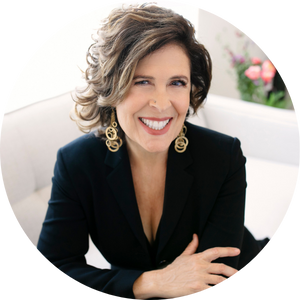
Like what you read? Share it!
WE THOUGHT YOU’D ALSO LIKE THESE EPISODES

